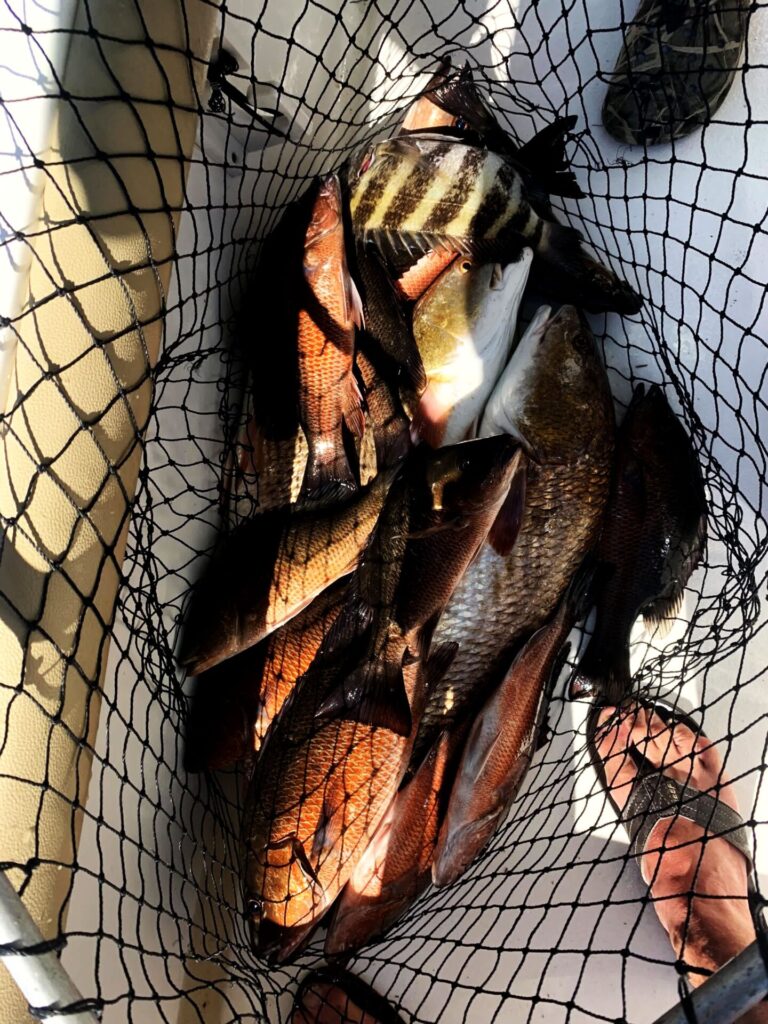How To Identify A Good Fishing Charter

Tampa Bay is home to a variety of fish species, some of which are considered the most elusive or hardest fighting fish around. From the mighty Tarpon to the powerful Cobia, the waters of Tampa Bay present unique challenges for anglers. If you’re looking to take on these tough fish, knowing the right fishing techniques is essential. In this guide, we’ll provide detailed insights into the best methods for catching some of the most challenging species in Tampa Bay, helping you elevate your fishing game and increase your chances of success.
1. Tarpon: The Silver King
Tarpon, often referred to as the “Silver King” due to their stunning appearance, are one of the most prized catches in Tampa Bay. Known for their incredible strength and acrobatic jumps, Tarpon are a challenge for even the most experienced anglers. They typically range from 80 to 200 pounds, and their ability to break free from hooks with a series of powerful jumps makes them one of the most exciting fish to target.
Best Fishing Techniques for Tarpon
When targeting Tarpon, the most important thing to remember is their tendency to jump after being hooked. This means that anglers need to prepare for a hard fight that often includes several aerial acrobatics. Below are the top fishing techniques to catch Tarpon in Tampa Bay:
1. Live Baiting
Live baiting is one of the most effective methods for catching Tarpon. Common live bait options include mullet, crabs, or pinfish. To successfully live bait for Tarpon, you’ll need to use a circle hook, as this minimizes injury to the fish and increases the chances of a safe release. Cast the bait near schools of baitfish, particularly in areas like bridges, passes, and deeper channels, where Tarpon tend to gather. Once you hook a Tarpon, allow it to take the bait before reeling in. This will reduce the chances of the fish spitting the hook, as they are known for their powerful strikes.
2. Fly Fishing
Fly fishing for Tarpon is a popular, yet challenging method. Using a large, weighted fly to mimic baitfish is essential for attracting Tarpon. Since Tarpon feed heavily on schools of baitfish, it’s important to match the fly to the size and color of the local baitfish. Tarpon often feed in the early morning or late afternoon when light is lower, making these times the best for fly fishing. Casting in areas with high Tarpon activity, such as the mouth of the river or channels, increases your chances of a strike. Be prepared for long battles, as Tarpon often put up a fight.
3. Drift Fishing
Drift fishing is another technique used for targeting Tarpon, particularly in deeper waters. Using a boat, anglers can drift over deeper channels and drop live bait or artificial lures into the water. Tarpon often hang out in these areas while migrating through Tampa Bay. As the boat drifts, ensure that the bait or lure is presented naturally by adjusting the depth and the speed of your drift. A slow and steady drift with a well-placed bait can lead to success when hunting for Tarpon.
Tips for Tarpon Fishing
- Use a strong, durable rod and reel designed for big fish, such as a 7-9 ft rod with 30-50 lb test line.
- Stay calm when Tarpon jumps, as this is a critical moment when the fish can throw the hook.
- Be aware of the tides and weather, as Tarpon tend to feed more actively during certain conditions.
- Practice catch and release with Tarpon to help preserve this species for future generations.
2. Cobia: The Tough Fighter
Cobia are another highly sought-after fish in Tampa Bay. Known for their powerful, unpredictable fights, Cobia can reach up to 100 pounds or more, making them one of the toughest fish to catch. They are often found near structures such as buoys, reefs, and wrecks, and can put up a battle that will test even the most seasoned angler.
Best Fishing Techniques for Cobia
Cobia are aggressive and will often chase after bait, so using the right fishing techniques can increase your chances of a successful catch. Below are the best methods for targeting Cobia in Tampa Bay:
1. Live Bait Fishing
Just like with Tarpon, live bait is an excellent way to catch Cobia. Common live baits for Cobia include pinfish, blue runners, and crabs. When fishing around wrecks or buoys, use a technique called “chumming.” This involves cutting up baitfish and tossing them into the water to attract Cobia to your fishing area. Once the Cobia are drawn in, drop your live bait down to the same depth. Cobia are known to swim up and down the water column, so varying the depth of your bait is crucial for attracting them.
2. Jigging
Jigging is a popular technique for targeting Cobia, particularly when fishing over wrecks or reefs. This technique involves using a heavy, metal jig and bouncing it off the bottom of the ocean floor. Cobia are known to be attracted to the movement of the jig, so a quick, jerky motion will often trigger a bite. The key to successful jigging for Cobia is to use the correct jig weight to ensure the bait gets down to the right depth, where the fish are located. Cobia typically hang out near the bottom, so keep the jig close to the seafloor.
3. Sight Fishing
Sight fishing for Cobia is another effective technique. When fishing in shallow waters, you can spot Cobia swimming near the surface, especially on calm days. Once you spot a Cobia, cast your bait in its direction and let the fish approach the bait on its own. This technique requires patience and a keen eye, but the reward is worth it. Cobia are often curious, so they will approach the bait slowly, giving anglers a chance to make a precise cast.
Tips for Cobia Fishing
- Use a strong rod and reel combo, such as a 7-8 ft rod with 40-60 lb test line, to handle Cobia’s strength.
- Fish during low-light conditions, like early morning or late afternoon, as Cobia are more active during these times.
- Always stay alert for surface activity, as Cobia are known to follow schools of baitfish near the surface.
- Be ready for a sudden burst of speed, as Cobia often make a strong run when hooked.
3. Other Challenging Species in Tampa Bay
While Tarpon and Cobia are two of the most challenging species to catch in Tampa Bay, there are several other fish that pose unique challenges for anglers. Here are some additional species and the best techniques for targeting them:
Snook
Snook are known for their elusive nature and are a popular species to target in Tampa Bay. They can be found inshore and around structure such as mangroves, docks, and bridges. Snook are especially difficult to catch because they are often picky eaters, so a well-placed bait and stealthy approach are crucial. The best techniques for catching Snook include using live bait like pilchards or mullet, casting around structure, and using a slow, steady retrieve.
Redfish
Redfish are another popular species in Tampa Bay. While they’re not as elusive as Tarpon, they are still challenging to catch due to their tendency to spook easily. Redfish prefer shallow water, so the best fishing techniques involve using soft plastics or live bait in these areas. Targeting redfish at dawn or dusk, when they’re feeding more actively, can increase your chances of success.
Kingfish
Kingfish, or King Mackerel, are known for their speed and aggressive strikes. They are often found in deeper waters near reefs or offshore structures. Trolling with live bait or using lures like spoons and deep-diving plugs are the most effective techniques for targeting Kingfish. They’re tough fighters, so be ready for a long battle when you hook one.
Conclusion
Tampa Bay offers some of the most exciting and challenging fishing opportunities, with species like Tarpon, Cobia, Snook, and Redfish testing even the most seasoned anglers. By using the right techniques, including live baiting, jigging, and sight fishing, you can increase your chances of landing these elusive and powerful fish. Whether you’re targeting the Silver King or the tough Cobia, the thrill of the fight and the beauty of the Bay will make for an unforgettable experience.
At Apollo Charters, our experienced captains can guide you to the best fishing spots in Tampa Bay and provide expert tips for tackling these challenging species. Book your next charter with us and get ready for a thrilling fishing adventure!
Continue Reading Our Blog
It’s Not Just About the Fish: The Soul of Inshore Fishing
It’s Not Just About the Fish: The Soul of Inshore Fishing A Journey Beyond the…
East Coast Inshore Fishing: Cape Cod, Chesapeake Bay, Hilton Head, And the Tampa Bay
Exploring Inshore and Deep-Sea Fishing on the East Coast: Cape Cod, Chesapeake Bay, Hilton Head,…
The Impact Of Tides On Inshore Fishing
The Impact Of Tides On Inshore Fishing Tampa Bay’s inshore waters are a dynamic environment…





